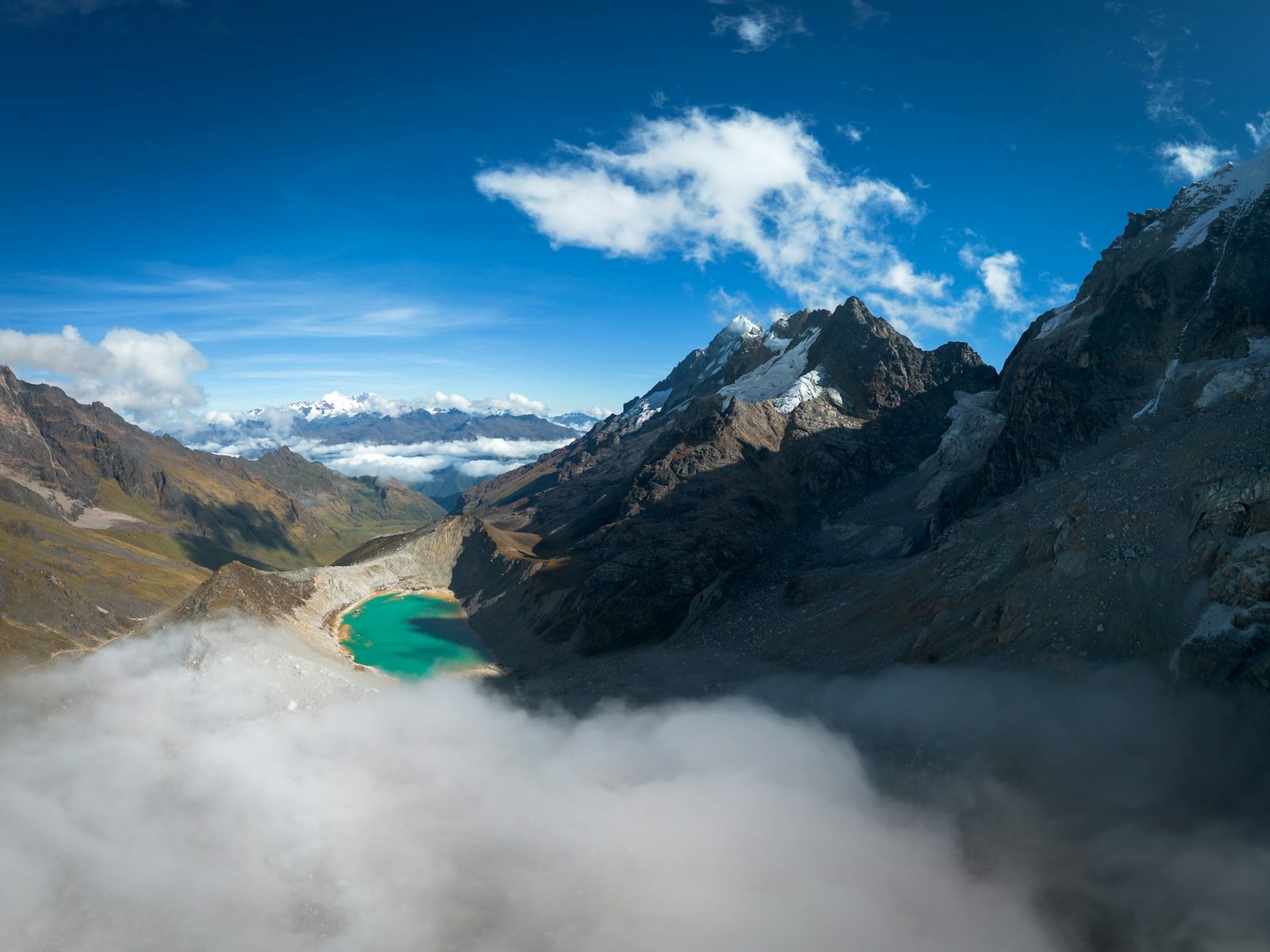The Salkantay Trek is one of the most fascinating routes to Machu Picchu, known for its diversity of landscapes, physical challenges and extreme altitudes. If you are looking for clear information about the elevation of the Salkantay Trek, here you will find everything you need to know: distances, daily altitudes, level of difficulty and tips to prepare yourself.
How long is the Salkantay Trek? Total Distance and Daily Sections
The Salkantay Trek covers a total of 76 km (46 miles) in 5 days. Each day has its own distance and unique characteristics, making for a varied experience:
Day 1: Mollepata – Soraypampa
- Distance: 15 km (9.32 miles).
- Description: This first stretch is a moderate climb. You will pass through green landscapes, with the campsite at Soraypampa at 3,850 meters.
Day 2: Soraypampa – Salkantay Pass – Collpapampa
- Distance: 22 km (13.67 miles)
- Description: The most difficult day. You will climb the Salkantay Pass, at 4,600 meters, the highest point of the trek. Then, you will descend to Collpapampa, with an abrupt change of climate to a more temperate environment. The elevation of the Salkantay Trek here can be demanding, but the views are worth it.
Day 3: Collpapampa – La Playa
- Distance: 16 km (9.94 miles)
- Description: This stage traverses high jungle, with a gentle descent and incredible views of rivers and tropical vegetation.
Day 4: La Playa – Aguas Calientes
- Distance: 19 km (11.81 miles)
- Description: Long but less demanding hike. You will arrive in Aguas Calientes, the base town for visiting Machu Picchu.
Day 5: Aguas Calientes – Machu Picchu
- Distance: 4 km (2.49 miles)
- Description: Short ascent to Machu Picchu, where you will finish your adventure with a visit to this wonder of the world.
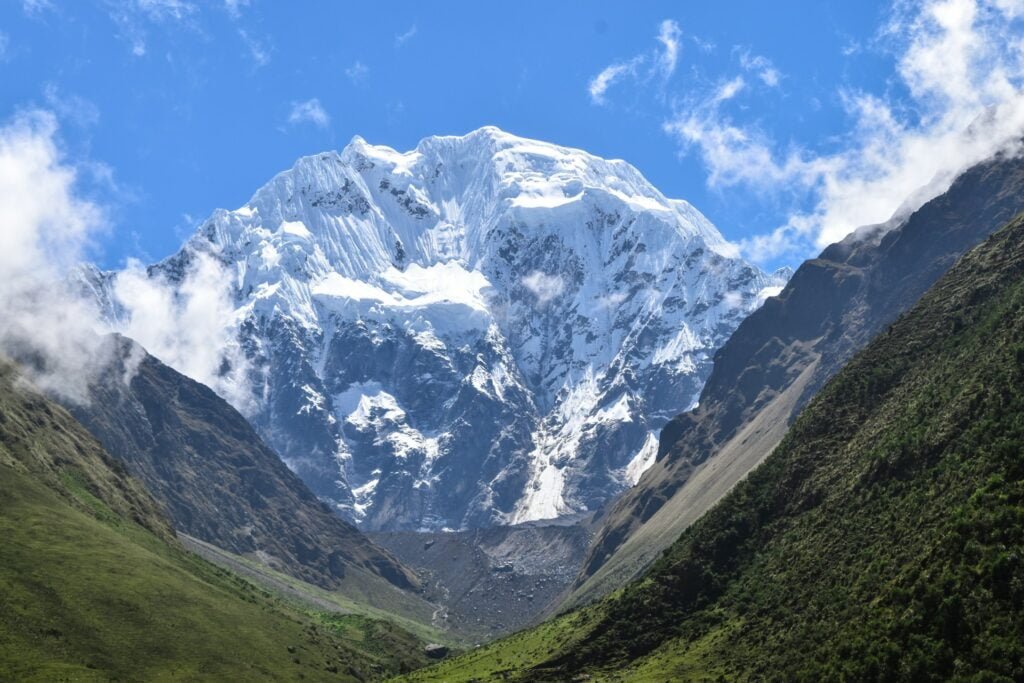
Salkantay Trek Altitude: What Elevations Will You Reach?
The elevation of the Salkantay Trek varies between 7,986 feet (2,050 m) at Aguas Calientes and 15,090 feet (4,600 m) at the Salkantay Pass. These are the key points you will encounter along the route:
- Mollepata: 2,900 m (9,515 ft).
- Soraypampa: 3,850 m (12,631 ft)
- Salkantay Pass (maximum altitude): 4,600 m (15,090 ft.)
- Collpapampa: 3,000 m (9,842 ft)
- Santa Teresa (campsite): 1,811 m (7,055 ft.)
- Aguas Calientes: 2,050 m (7,986 ft.)
- Machu Picchu: 2,430 m (7,972 ft)
- Huayna Picchu: 2,720 m (8,924 ft.)
The Salkantay Pass is the highest and most challenging point of the route. Each day, you will notice significant changes in altitude, making the elevation of the Salkantay Trek one of the most challenging highlights of this adventure.
How difficult is the Salkantay Trek?
The level of difficulty varies from moderate to challenging, depending on the day. The second day is the most complicated due to the climb up to the Salkantay Pass. However, the trek becomes easier towards the end, especially as you approach Aguas Calientes. The combination of distance and elevation of the Salkantay Trek makes this route exciting for the adventurous.
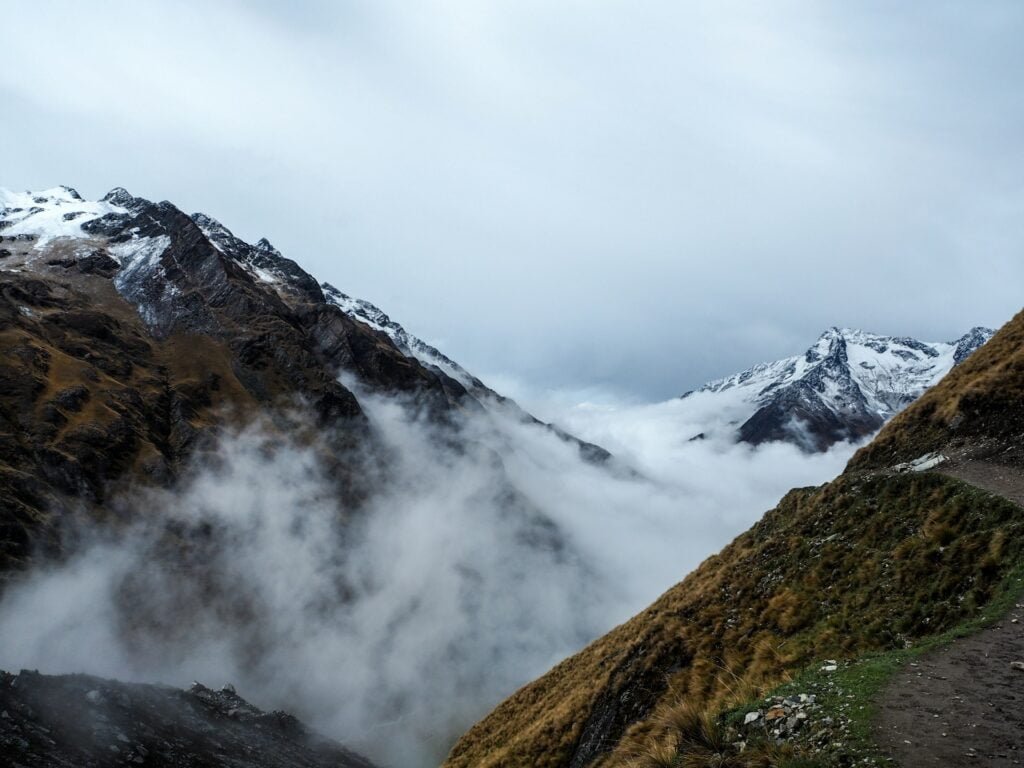
Practical Tips to Prepare for the Salkantay Trek
- Physical conditioning:
Prepare by hiking at least 10 km several times a week. If you do not have access to natural routes, supplement with cardiovascular exercises at the gym, such as running or stair training. This will strengthen your endurance and prevent exhaustion during the early stages of the trek. - Acclimatization to altitude:
Arriving in Cusco at least 2 or 3 days before is essential to acclimatize and reduce the risk of altitude sickness. During these days, stay well hydrated, avoid heavy meals and engage in gentle activities such as walks around the city. - Adequate equipment:
- Sleeping bag: Take a 4-season sleeping bag for cold nights at high altitudes.
- Layered clothing: Wear a combination of thermal, waterproof and lightweight clothing to adapt to temperature variations during the trek.
- Comfortable footwear: Be sure to wear waterproof, well-fitting trekking boots to avoid blisters.
- Emergency horses:
If the effort becomes too demanding, you will have the option of using support horses on the more complicated sections. This ensures that you can continue your adventure without worry.
Climate and Temperature on the Salkantay Trek
The weather changes significantly depending on the altitude:
- First two days: Cold, with temperatures near or below 0°C on the Salkantay Pass.
- Final days: Warmer and more humid in the jungle area.
Tip: Bring thermal clothing and a light raincoat to be prepared for any weather changes.
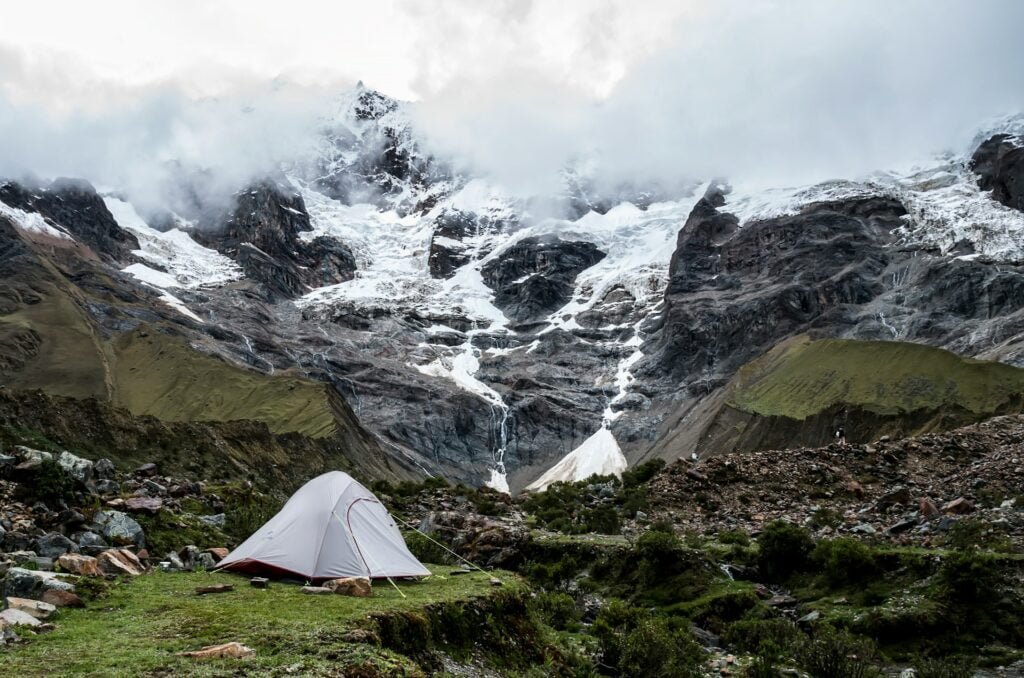
How to Sleep and Rest on the Salkantay Trek?
During the trek, you will sleep in campsites. The nights in the highlands are cold, so a 4-season sleeping bag is recommended. You can also rent thermal mattresses in Cusco for about 15 USD for extra comfort.
If you don’t have a suitable sleeping bag, carrying a silk liner will provide extra warmth during the night.
Conclusion: Experience the Salkantay Trek and Discover Machu Picchu
The Salkantay Trek is an unforgettable adventure that combines spectacular scenery and physical challenges, with the ultimate reward of reaching Machu Picchu. The variation in elevation of the Salkantay Trek and the breathtaking scenery make this route ideal for any thrill-seeking adventurer.
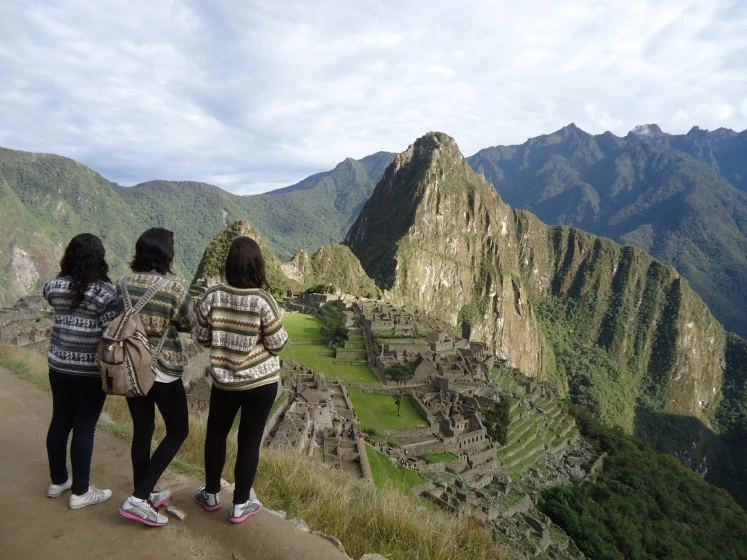
Ready to Book your Adventure?
At Travel Peru Agency, we take care of everything for you to enjoy this experience to the fullest. Our expert guides, quality equipment and impeccable logistics guarantee a safe and unforgettable adventure.
Book your tour with us now and discover why the Salkantay Trek is one of the best routes to Machu Picchu, don’t miss it!
